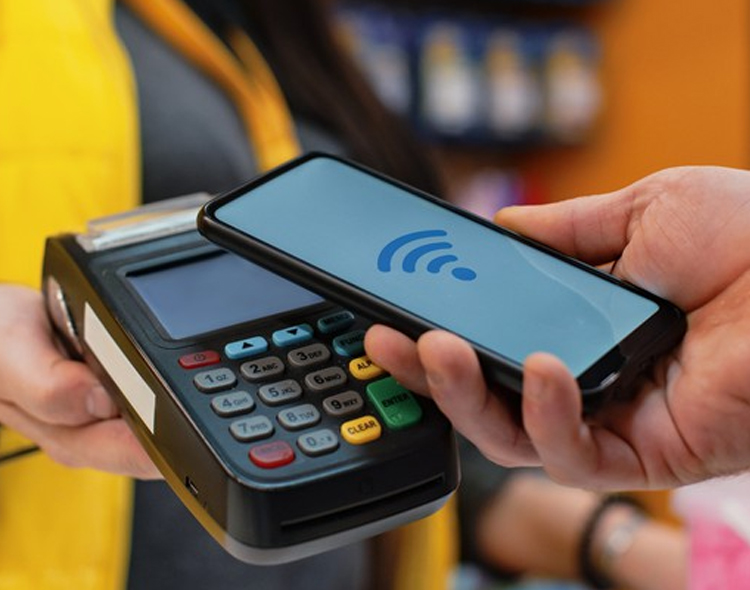Traditionally, the financial industry has been slow to adapt to changing demands. The onslaught of technology-driven tools has created a new level of instant gratification expectations—but, when it comes to payments, the physical exchange of hard currency has always been the most efficient way to pay in real time.
Yet, in our digital economy, this outdated method is causing headaches for business leaders across all industries. Since companies closed physical locations and moved to fully remote operations this time last year, they’ve had to embrace digital payments more than ever. This sudden shift in operations instilled the motivation to speed up digital payments to make them as quick and painless as cash. As a result, businesses want the ability to move funds faster.
Fortunately, The Clearing House developed an RTP® Network to help businesses do just that. Now, nine out of 10 business leaders are looking to adopt real-time payments (RTP) as a digital solution for moving money in real time. If you aren’t already considering RTP as a payment method, here are three reasons why you should.
Real-time Payments Improve your Bottom Line
With so many benefits, 81% of business leaders expect real-time payments to significantly transform the way business is done. By allowing businesses to send payments instantly, RTP helps them efficiently manage their spending, improve their cash flows and increase their customer retention. Instead of “pending” statuses and two-day turnaround times, real-time payments allow businesses to send and receive payments in just seconds. There are no delays on money transfers, which means there is no waiting around for funds to deliver because of weekends or holidays. Real-time payments are an always-on modality, which gives businesses more control over when funds are transferred so they can plan accordingly.
Read Also: Global Fintech Interview with Giorgio Andrews, Chief Executive Officer at Royale Finance
Real-time Payments Increase Customer Satisfaction
The pandemic only accelerated the adoption of digital payments. Over the last year, businesses had no choice but to rely on contactless payments as the primary modality. As digital transactions evolved into the new normal, the challenge then became figuring out how to move funds faster. If businesses aren’t able to meet the expectations of digitally-driven customers, they risk losing them altogether. The flexibility of real-time payments help businesses quickly adapt to changing needs. Not only that, but business leaders can use the RTP® Network to create unique offerings for their customers. The flexibility and convenience of real-time payments is a game changer for customer satisfaction.
Real-time Payments are Designed with Security in Mind
Of course, fraudulent activity is always a concern when money is moving, especially in a digital environment. Last year, cyber attacks jumped 238% and show no signs of slowing down as digital payments continue to be the preferred method. That’s why businesses should always aim to put security first. It’s important to implement new processes and continuously improve best practices. Fortunately, when it comes to real-time payments, The Clearing House designed the rules of the RTP® Network with these risks in mind. Requiring every participant to implement security practices like multi-factor authentication and data encryption help to lower the risk of fraud in the RTP® Network, meaning business leaders can feel more secure that their funds will arrive safely.
From retail to real estate, businesses can rely on real-time payments to provide them with a safe, easy and fast way to move money. Real-time payments are essential for increasing operational efficiency, security and customer experience. As a soon-to-be standard for transferring funds, business leaders not yet sold on RTP are missing out on the endless benefits it provides.
Recommended: Global Fintech Interview with Corey Gross, Co-founder and CEO at Sensibill
